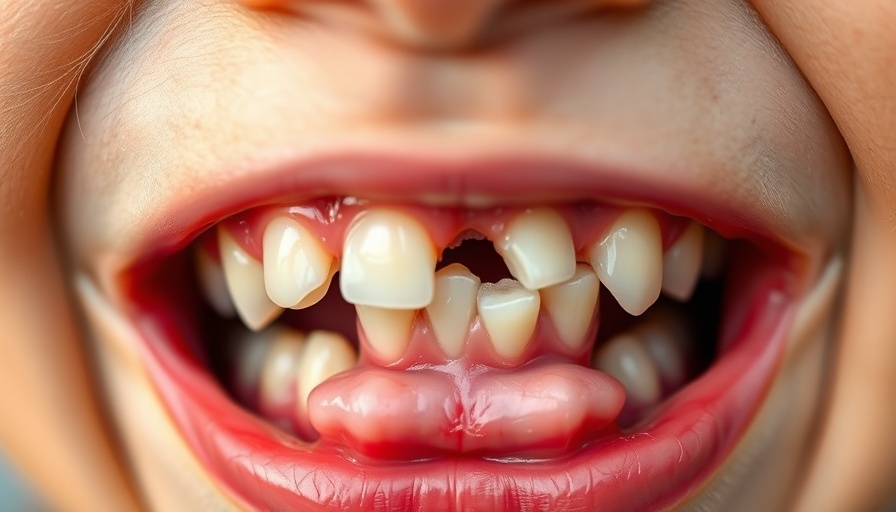
Exploring the Potential of Simvastatin in Dentistry
In recent years, the medical community has begun to explore innovative solutions to age-old problems in health and dentistry. One of these emerging avenues is the use of simvastatin, a medication traditionally known for lowering cholesterol, in promoting healing for avulsed teeth. This new interest arises from studies showing that simvastatin not only affects our vascular system but also encourages tissue regeneration, which could be revolutionary for dental care.
Understanding Avulsed Teeth: The Challenge
Avulsed teeth, or teeth that have been completely displaced from their socket, pose a significant challenge in dental emergencies. Quick, appropriate treatment is crucial to saving the tooth and restoring its functionality. Studies link delayed treatment not just to higher rates of tooth loss but also to complications in healing. As dental practitioners seek novel interventions to improve recovery outcomes, simvastatin's potential as a healing agent presents a tantalizing opportunity.
The Case Series Examination
A recent case series investigated the efficacy of simvastatin in enhancing the healing process of avulsed teeth. Patients administered simvastatin displayed promising outcomes compared to those who did not receive the medication. The results highlighted faster healing, improved bone regeneration, and less discomfort during recovery. While preliminary, these findings illuminate the path toward integrating pharmacological innovations into dental treatments.
What Makes Simvastatin Unique?
Simvastatin works by inhibiting HMG-CoA reductase, but its influence extends beyond cholesterol management. Its anti-inflammatory properties and ability to enhance bone metabolism play pivotal roles in its potential as a healing agent. By fostering regeneration at the cellular level, simvastatin may improve the viability of periodontal and periapical tissues following traumatic tooth loss, making it a valuable resource in restorative dentistry.
Expert Opinions on the Study's Findings
Experts in dental sciences emphasize the importance of further research. While initial results are encouraging, a broader understanding of how simvastatin impacts tooth regeneration is necessary for clinical application. Dentists are advised to remain cautious, balancing excitement for new treatments with thorough evaluation of their long-term efficacy and safety. As research continues to unfold, collaboration among dentists, pharmacologists, and researchers will be essential to maximize the potential benefits of simvastatin in dental practices.
Looking Ahead: Future Implications
The implications of successfully using simvastatin in dentistry could be groundbreaking. If it proves effective, it may lead to the reformation of treatment protocols for avulsed teeth, positing a pharmacological approach alongside traditional mechanical interventions. This shift could also open doors for other pharmaceutical agents to be examined within dental contexts, paving the way for enhanced patient outcomes across various dental procedures.
Final Thoughts: A New Hope in Dental Recovery
As we delve deeper into the relationship between medication and dental health, simvastatin stands at the forefront of a potential revolution in how we approach tooth loss and restoration. The fusion of dentistry with pharmaceuticals underlines a progressive shift in healthcare, promising improved results for patients and new insights for practitioners.
 Add Row
Add Row  Add
Add 




Write A Comment